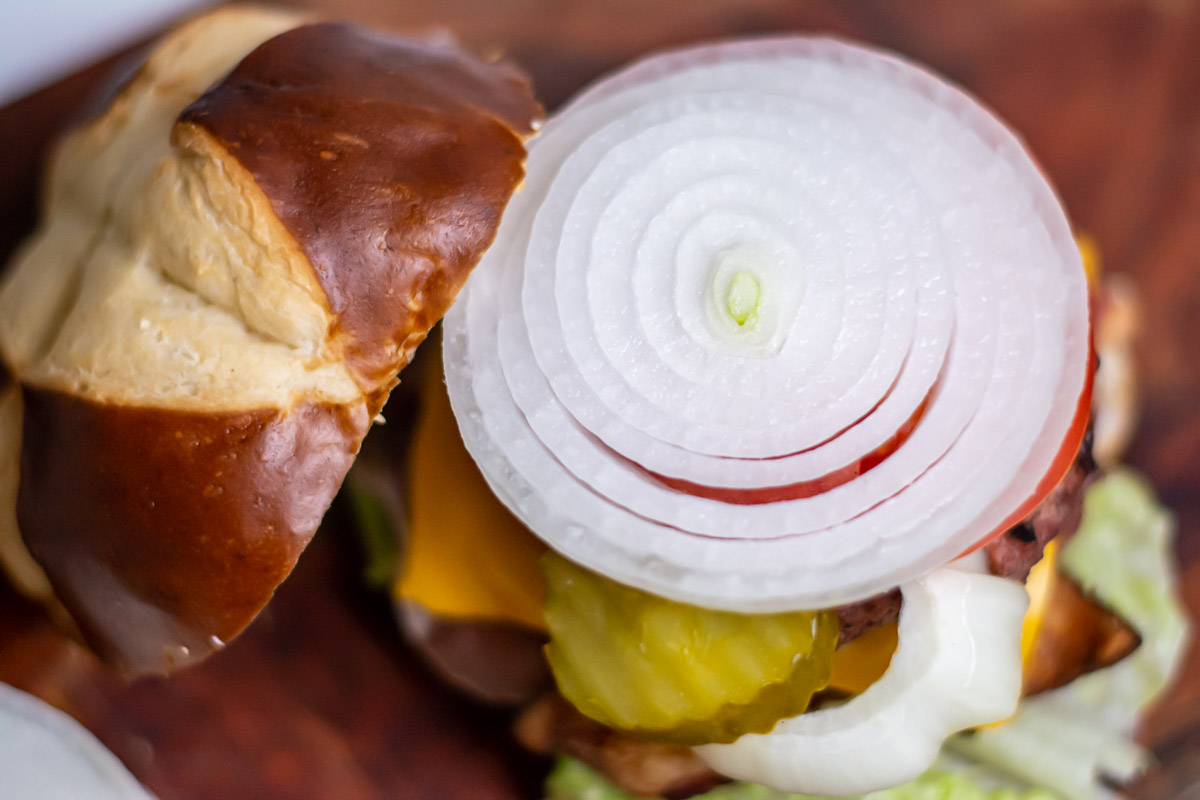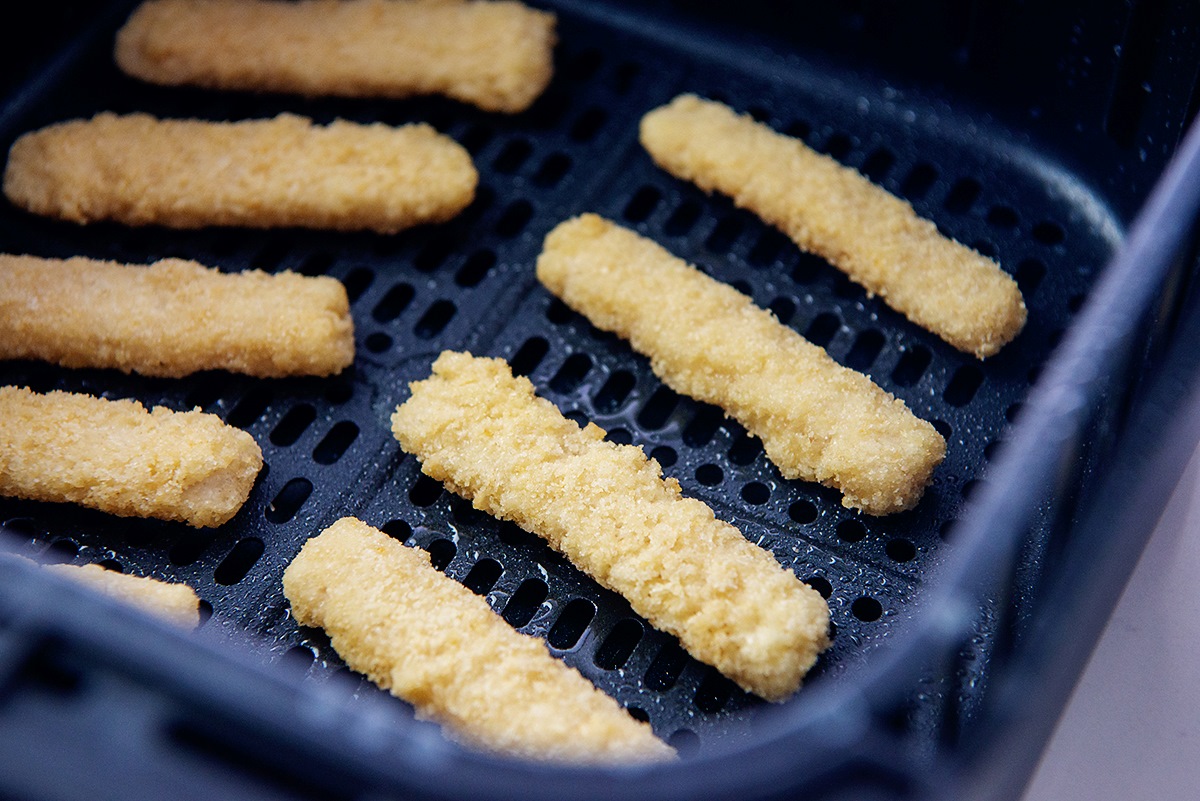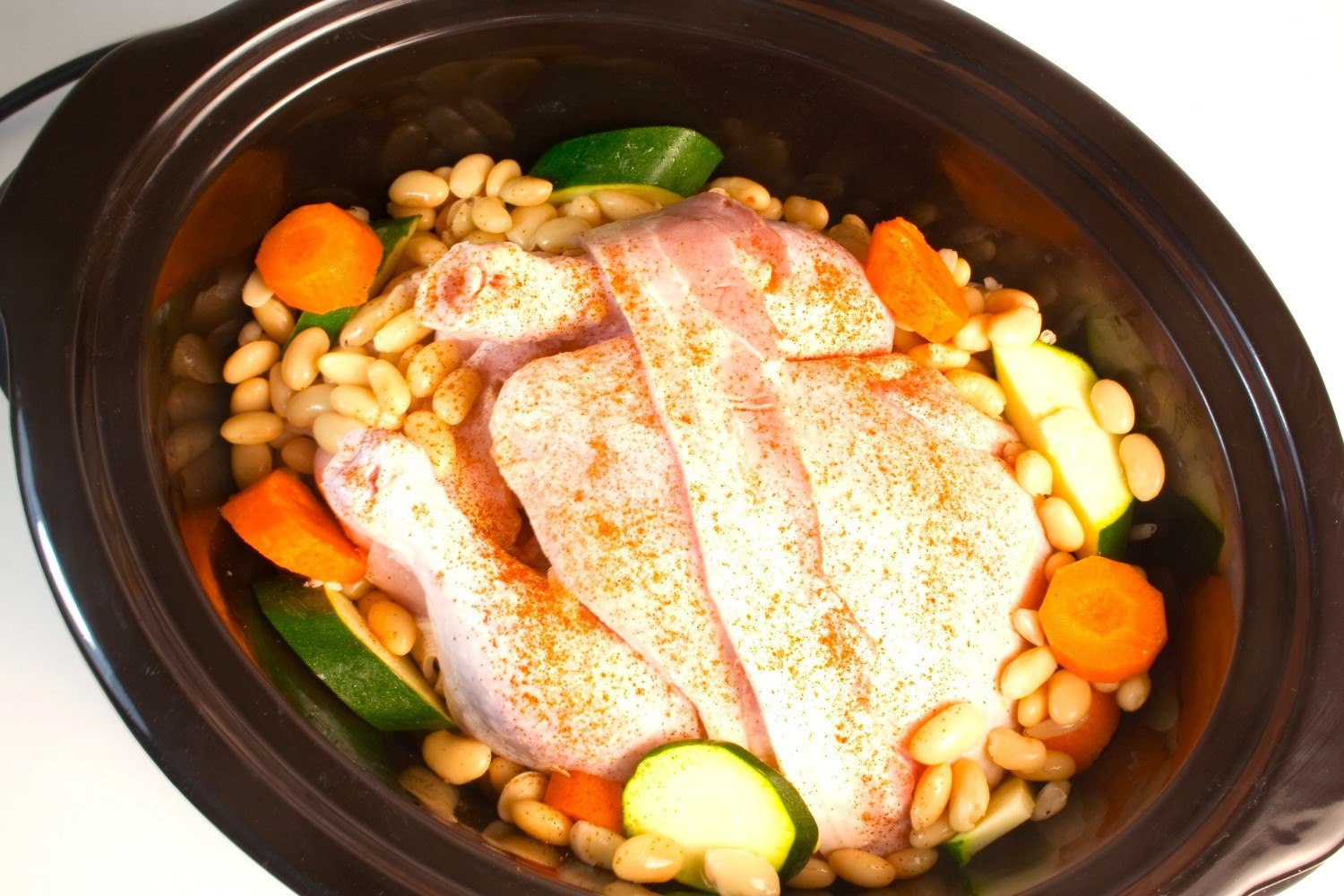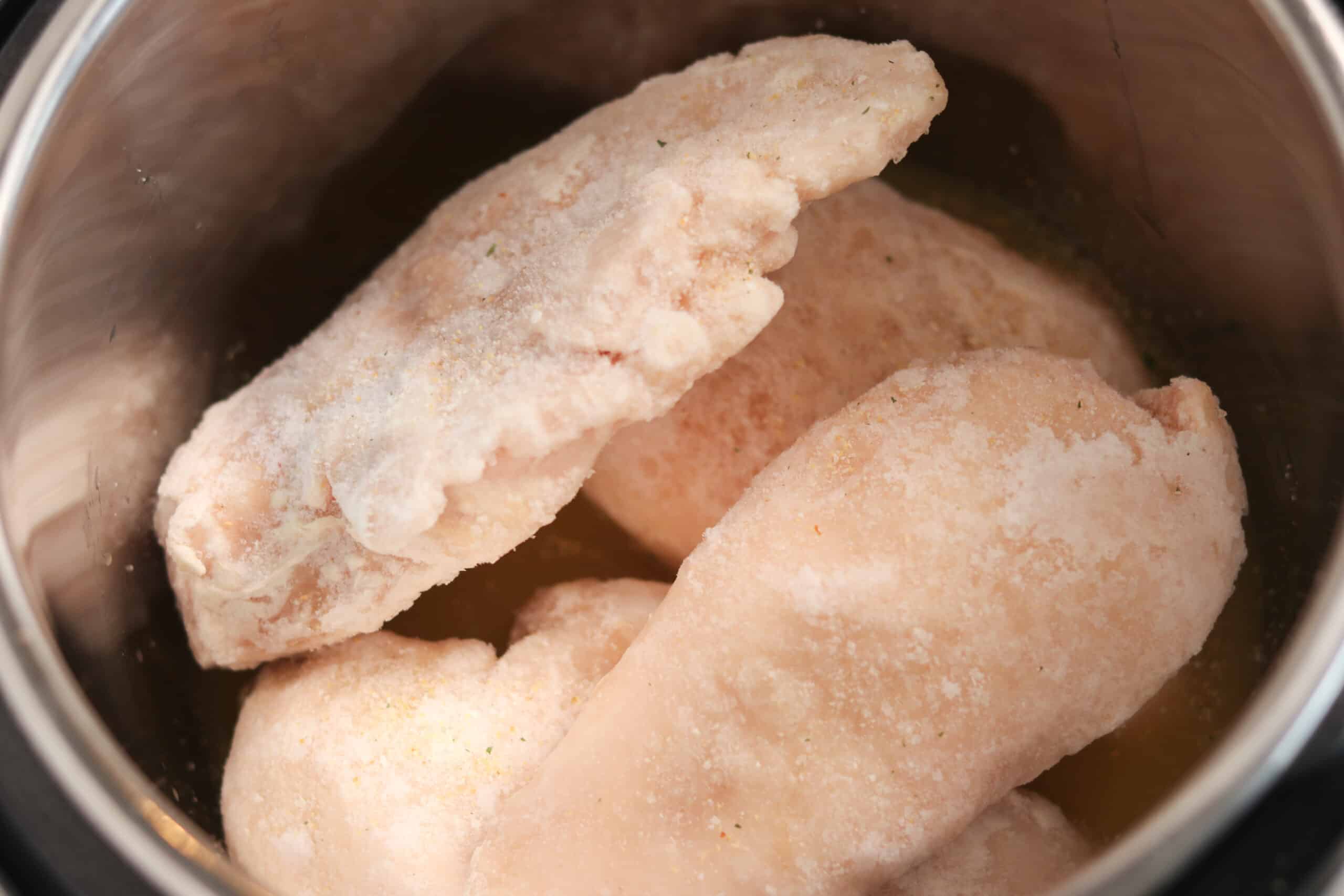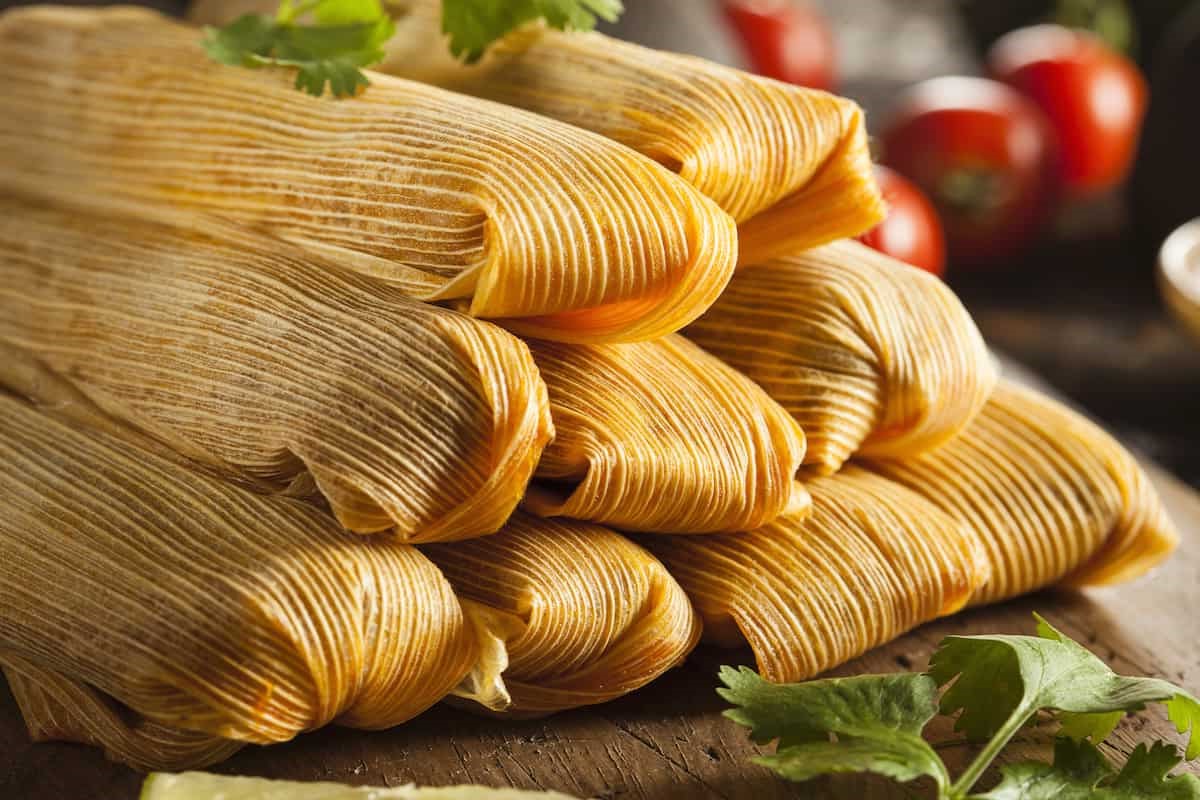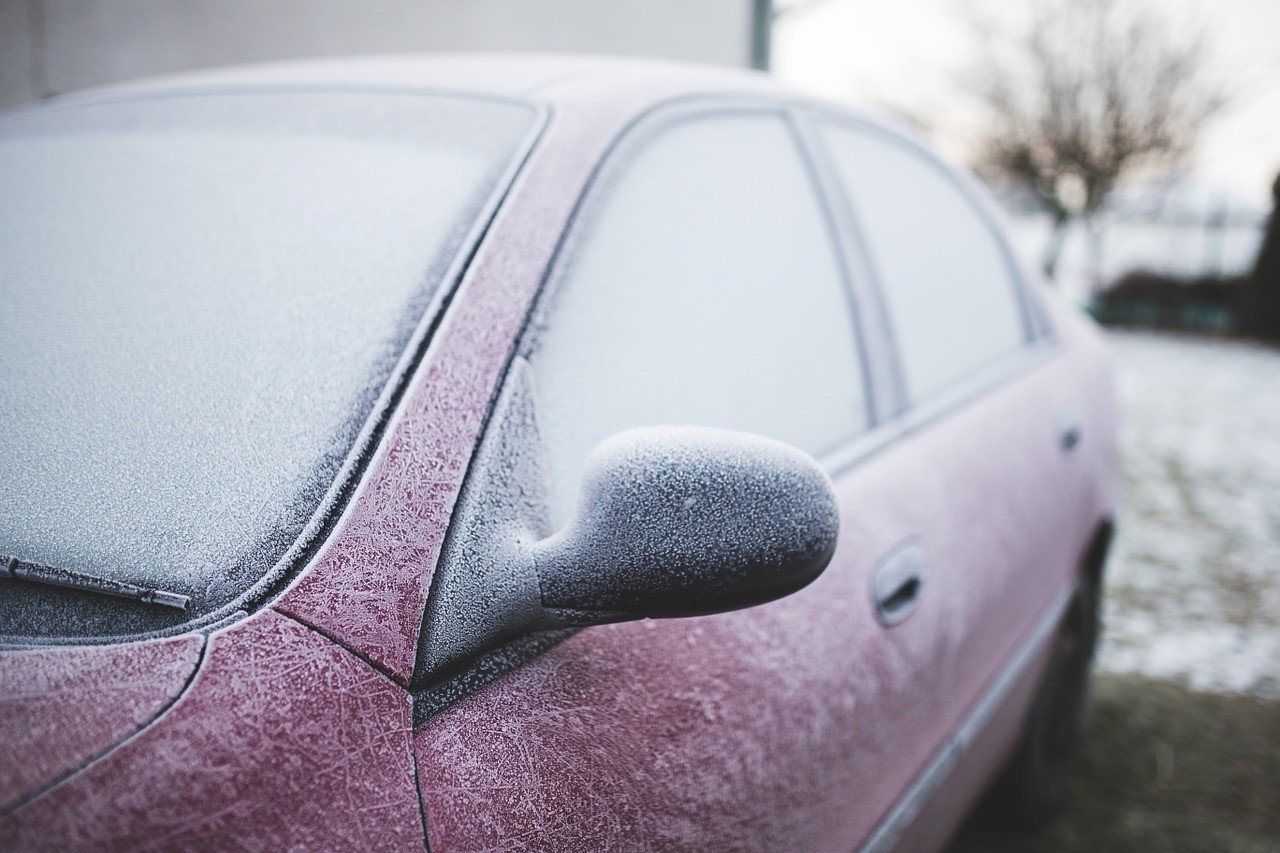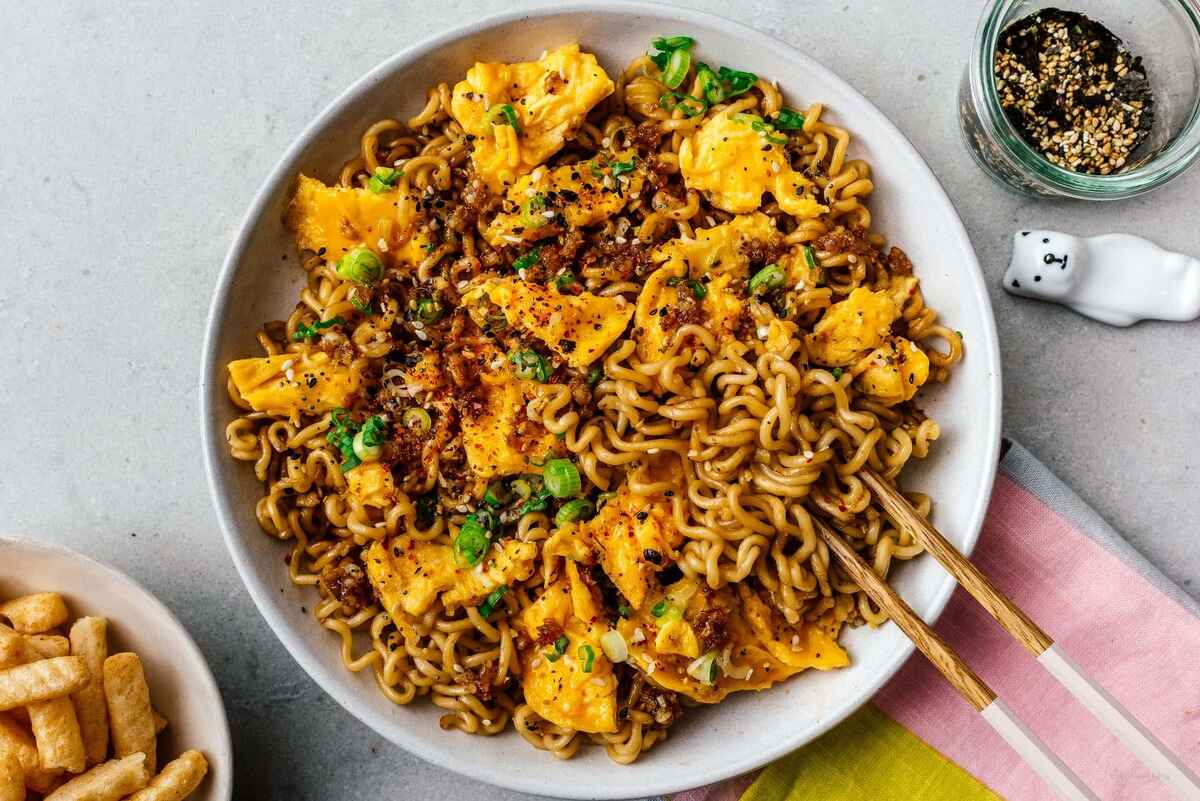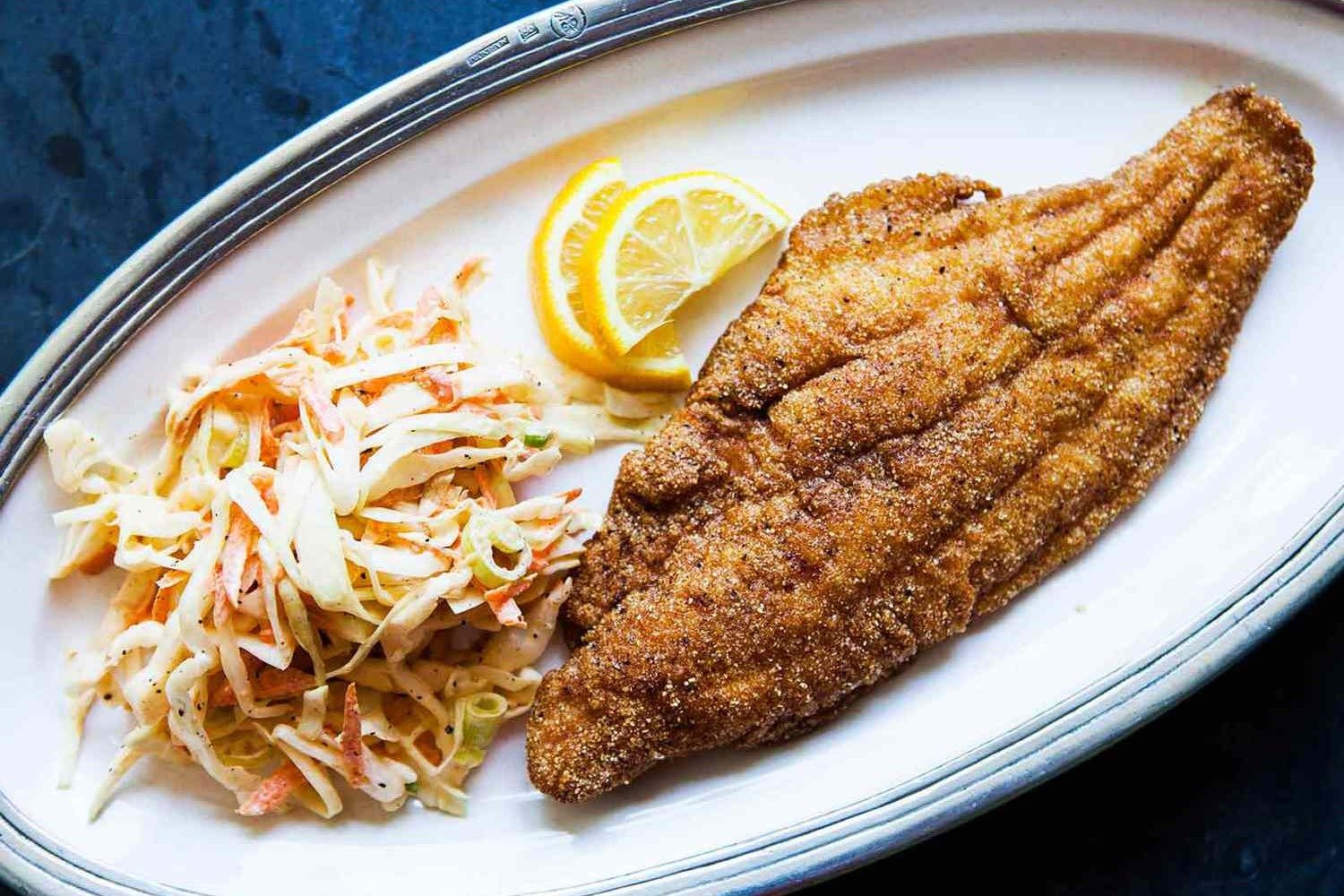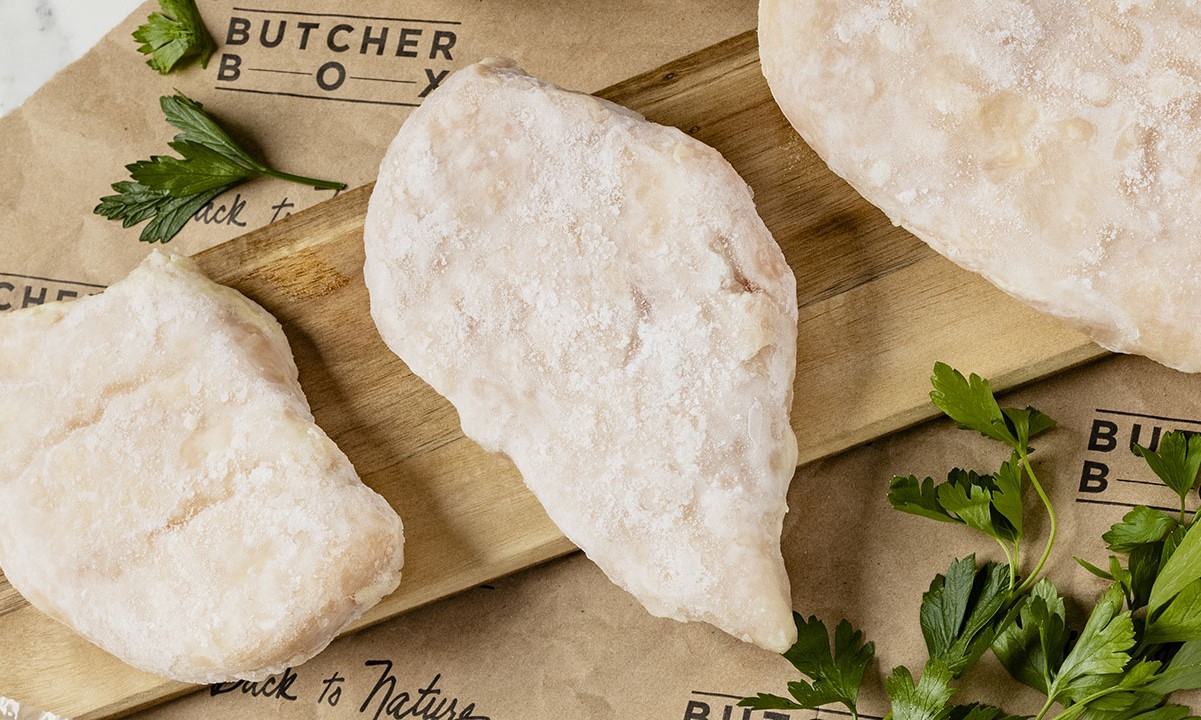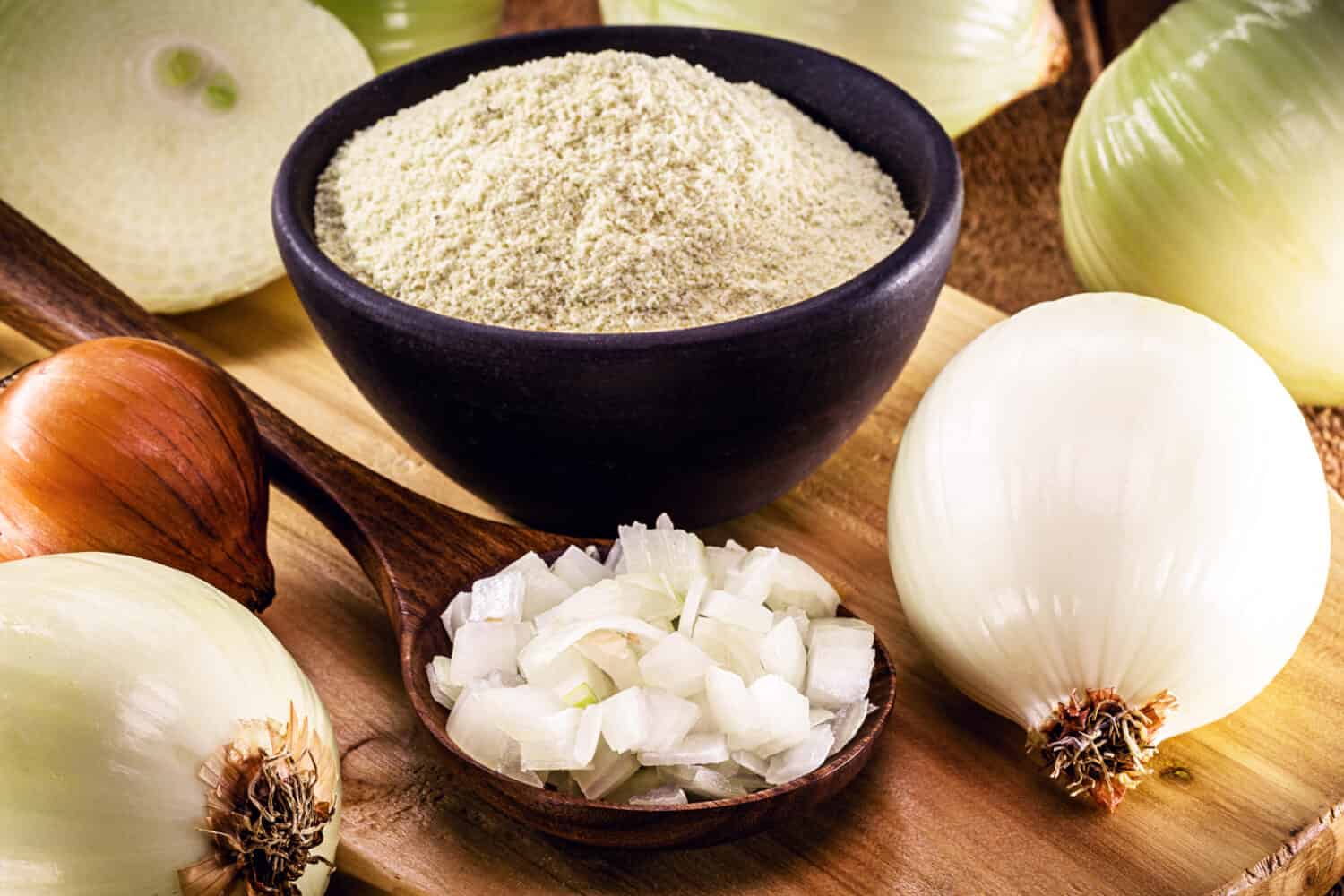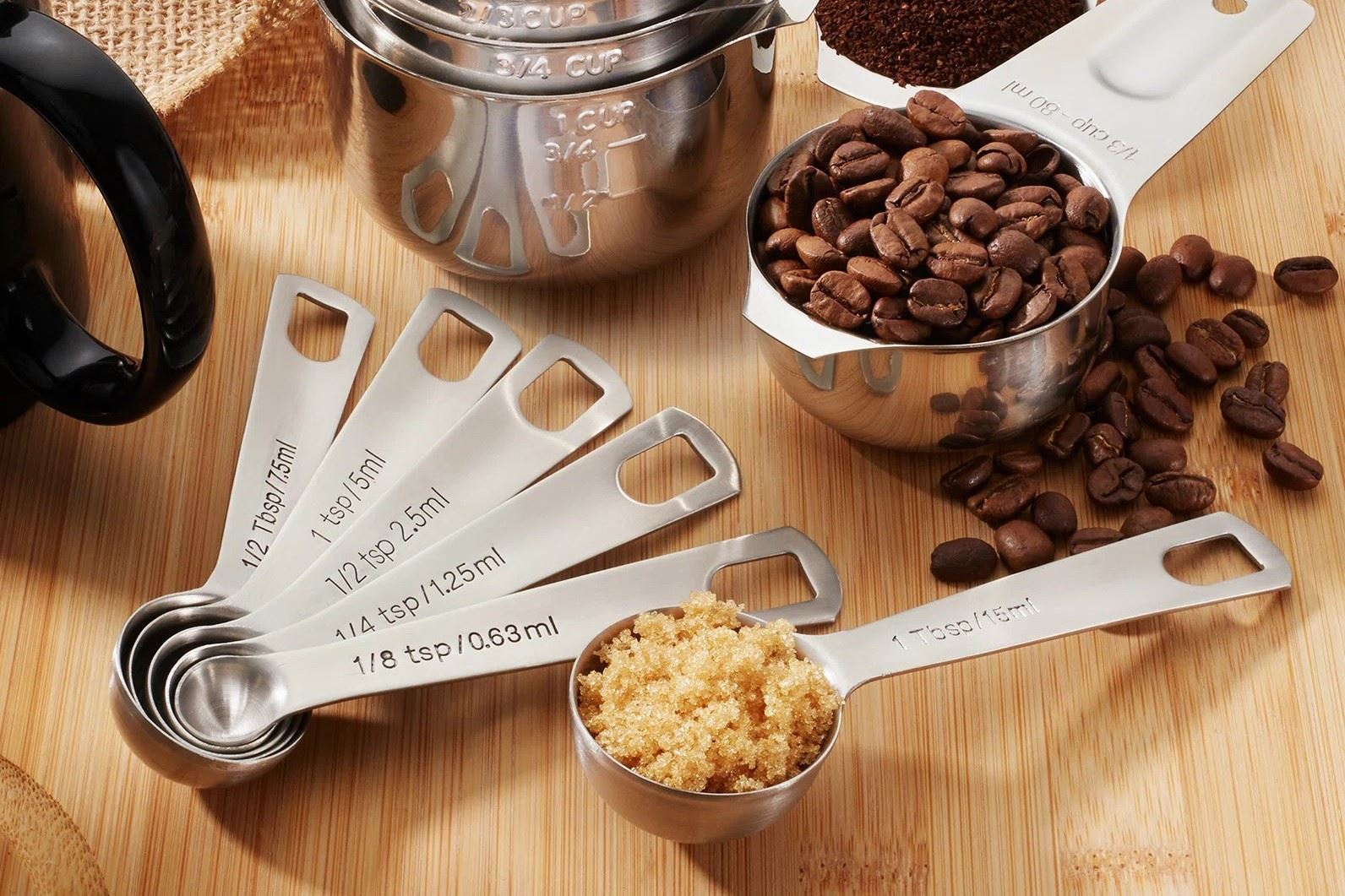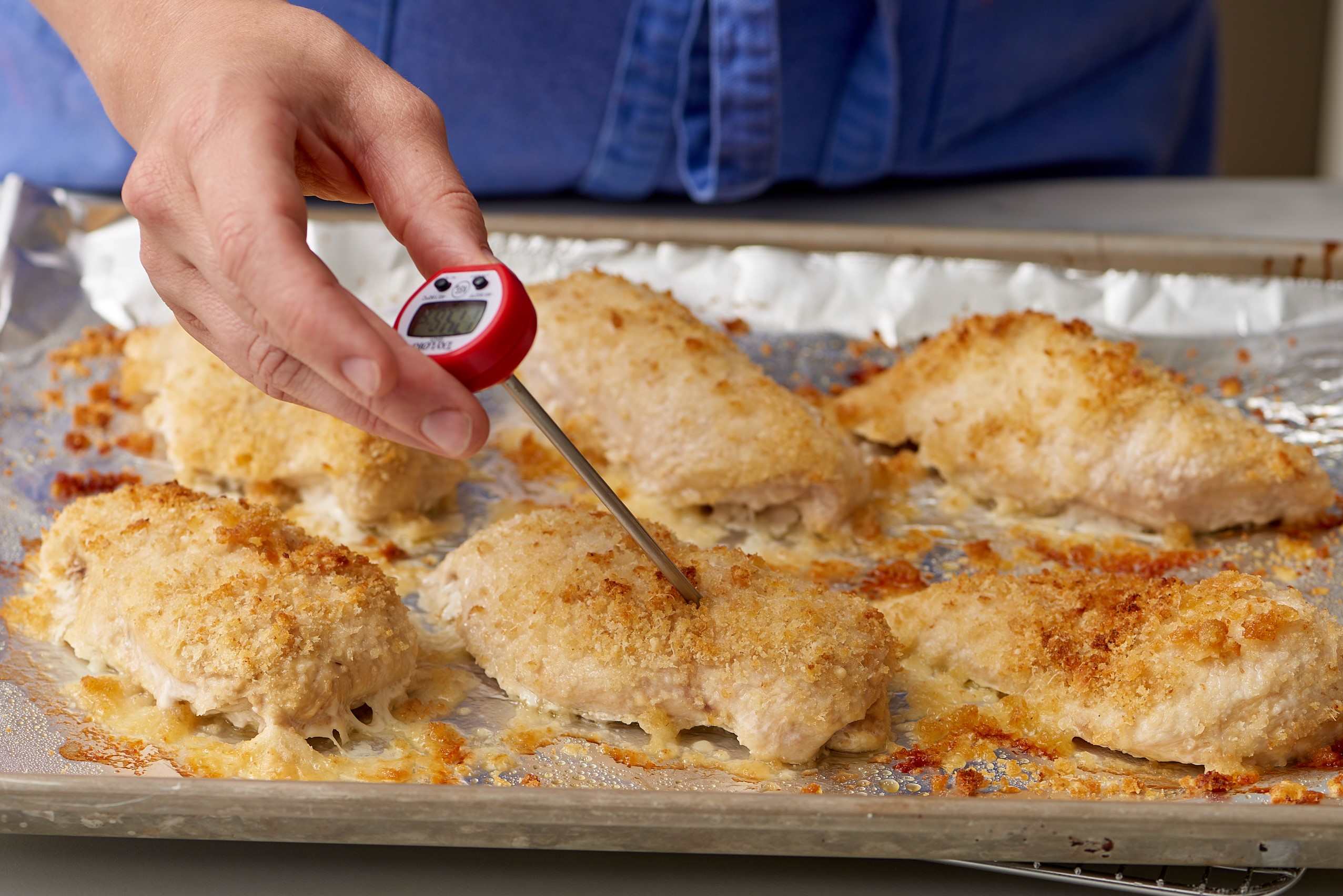Home>Food and Cooking>How To Cook Frozen Burgers


Food and Cooking
How To Cook Frozen Burgers
Published: February 25, 2024
Learn how to cook frozen burgers with our easy step-by-step guide. Perfect for busy weeknights or quick meals. Discover more food and cooking tips!
(Many of the links in this article redirect to a specific reviewed product. Your purchase of these products through affiliate links helps to generate commission for Noodls.com, at no extra cost. Learn more)
Table of Contents
Introduction
Cooking frozen burgers can be a convenient and time-saving option for satisfying your burger cravings without the need for thawing. Whether you're a busy parent, a college student, or simply looking for a quick meal, knowing how to cook frozen burgers to perfection is a valuable skill. In this comprehensive guide, we will walk you through the step-by-step process of cooking frozen burgers, ensuring that they turn out juicy, flavorful, and cooked to the ideal level of doneness.
When it comes to frozen burgers, there are various types available in the market, including beef, turkey, chicken, and plant-based options. Each type may require slightly different cooking methods and temperatures to achieve the best results. Additionally, some frozen burgers come pre-seasoned or stuffed with cheese, which can influence the cooking process. Understanding the specific characteristics of the frozen burgers you're working with will help you tailor your cooking approach for the best outcome.
Whether you plan to grill, pan-sear, or bake your frozen burgers, it's essential to consider the cooking method that aligns with your preferences and available equipment. Each method offers unique advantages, such as the smoky flavor imparted by grilling or the convenience of pan-searing on the stovetop. By exploring these cooking techniques, you can discover the one that suits your taste and kitchen setup.
Furthermore, mastering the art of cooking frozen burgers opens up a world of culinary creativity. You can experiment with various toppings, condiments, and bun choices to craft a personalized burger experience. From classic cheeseburgers to gourmet creations featuring specialty cheeses and artisanal buns, the possibilities are endless. By learning the fundamentals of cooking frozen burgers, you can embark on a flavorful journey that caters to your individual preferences and dietary needs.
In the following sections, we will delve into the specific steps for preparing, cooking, and serving frozen burgers, equipping you with the knowledge and confidence to elevate your burger-making skills. Whether you're hosting a casual weeknight dinner or a weekend barbecue, this guide will empower you to serve up delicious, restaurant-quality burgers from the convenience of your own kitchen. Let's embark on this culinary adventure and unlock the secrets to cooking perfect frozen burgers every time.
Read more: How To Cook Frozen Dumplings
Step 1: Preparing the Frozen Burgers
Before diving into the cooking process, it's crucial to properly prepare the frozen burgers to ensure optimal results. Here's a step-by-step guide to preparing the burgers for cooking:
-
Thawing (Optional): While cooking frozen burgers directly from their frozen state is a common practice, some individuals prefer to thaw them beforehand. Thawing can help promote more even cooking and reduce the risk of undercooking the center. If you opt to thaw the burgers, place them in the refrigerator for several hours or overnight. This gradual thawing process helps maintain the burgers' texture and juiciness.
-
Seasoning (Optional): Depending on your flavor preferences, you may choose to season the frozen burgers before cooking them. This step allows you to infuse the burgers with additional flavor and customize them to your liking. Common seasoning options include salt, pepper, garlic powder, onion powder, and paprika. Gently pat the seasonings onto both sides of the burgers, ensuring even coverage.
-
Preheating the Cooking Surface: Whether you're grilling, pan-searing, or baking the frozen burgers, it's essential to preheat the cooking surface to the appropriate temperature. For grilling, preheat the grill to medium-high heat. If pan-searing, preheat a skillet or griddle over medium heat. When baking, preheat the oven according to the recommended temperature for frozen burgers.
-
Oil or Non-Stick Spray (Optional): To prevent the burgers from sticking to the cooking surface, consider lightly oiling the grill grates, skillet, or baking sheet. Alternatively, you can use a non-stick cooking spray to achieve the same effect. This simple step helps ensure that the burgers maintain their shape and don't adhere to the cooking surface during the cooking process.
By following these preparation steps, you can set the stage for cooking frozen burgers with ease and confidence. Whether you choose to thaw the burgers, season them, or prepare the cooking surface, these preparatory measures contribute to a successful cooking experience, resulting in delicious, well-prepared burgers that are ready to be cooked to perfection.
Now, let's move on to the next step and explore the process of cooking the prepared frozen burgers using various cooking methods.
Step 2: Cooking the Frozen Burgers
Cooking frozen burgers is a straightforward process that offers versatility in terms of cooking methods. Whether you prefer the smoky char from grilling, the sizzling sear from pan-cooking, or the convenience of baking, there's a suitable approach for everyone. Let's explore each cooking method in detail to ensure that your frozen burgers are cooked to perfection.
Grilling
Grilling frozen burgers is a popular choice for those who appreciate the distinct smoky flavor and charred exterior that grilling imparts. To grill frozen burgers, preheat the grill to medium-high heat. Once the grill is hot, place the frozen burgers directly onto the grill grates. Avoid overcrowding the grill to ensure even cooking. Close the grill lid and cook the burgers for approximately 5-7 minutes per side, depending on the thickness of the burgers. Use a meat thermometer to check for doneness, aiming for an internal temperature of 160°F (71°C) for beef burgers and 165°F (74°C) for poultry or plant-based burgers.
Pan-Searing
Pan-searing frozen burgers is a convenient indoor cooking method that yields delicious results. To pan-sear frozen burgers, preheat a skillet or griddle over medium heat. Lightly oil the cooking surface to prevent sticking. Once the skillet is hot, place the frozen burgers on the pan and cook for 6-7 minutes on each side. Use a meat thermometer to ensure that the internal temperature reaches the recommended level for safe consumption.
Read more: How To Defrost Frozen Lobster Tails
Baking
Baking frozen burgers is a hands-off approach that allows for easy preparation of larger quantities. To bake frozen burgers, preheat the oven to the temperature specified on the packaging. Place the frozen burgers on a lined baking sheet and bake for 15-20 minutes, flipping once halfway through the cooking time. Use a meat thermometer to verify that the burgers have reached the appropriate internal temperature for safe consumption.
By understanding the nuances of each cooking method, you can confidently choose the approach that aligns with your preferences and available equipment. Whether you opt for the outdoor charm of grilling, the stovetop convenience of pan-searing, or the fuss-free nature of baking, each method offers a pathway to delicious, well-cooked frozen burgers.
Now that we've covered the cooking process, let's proceed to the next step and explore how to check for doneness to ensure that your frozen burgers are perfectly cooked and ready to be enjoyed.
Step 3: Checking for Doneness
Ensuring that your frozen burgers are cooked to the ideal level of doneness is essential for both safety and enjoyment. Regardless of the cooking method you've chosen, it's crucial to verify that the burgers have reached the recommended internal temperature before serving. This step not only guarantees safe consumption but also ensures that the burgers are juicy, flavorful, and cooked to perfection.
The most reliable way to check for doneness is by using a meat thermometer. Insert the thermometer into the thickest part of the burger, avoiding contact with any bone, if present. For beef burgers, the internal temperature should reach 160°F (71°C), while poultry or plant-based burgers should reach 165°F (74°C). By accurately gauging the internal temperature, you can be confident that the burgers are safe to eat and have achieved the desired level of doneness.
In addition to using a meat thermometer, visual cues can also indicate the doneness of the burgers. When properly cooked, the exterior of the burgers should develop a golden-brown crust, and any juices that seep out should run clear. For beef burgers, a slight hint of pink in the center is acceptable, as long as the internal temperature reaches 160°F (71°C). Poultry or plant-based burgers should show no traces of pinkness when fully cooked.
It's important to refrain from pressing down on the burgers with a spatula during the cooking process, as this can release flavorful juices and result in dry, less succulent burgers. Instead, allow the burgers to cook undisturbed, flipping them only once halfway through the cooking time to ensure even cooking on both sides.
By employing these methods to check for doneness, you can be confident that your frozen burgers are not only safe to consume but also perfectly cooked to deliver a delightful dining experience. Whether you're serving up classic cheeseburgers, gourmet creations, or plant-based alternatives, mastering the art of checking for doneness ensures that every bite is a flavorful and satisfying delight.
With the cooking and doneness verification complete, let's move on to the final step and explore the art of serving the perfectly cooked frozen burgers to elevate the dining experience.
Step 4: Serving the Frozen Burgers
Once your frozen burgers are perfectly cooked and ready to be enjoyed, it's time to elevate the dining experience by serving them in a manner that complements their delicious flavors and textures. Whether you're aiming for a casual meal or a more refined presentation, the serving stage allows you to showcase your culinary prowess and attention to detail.
Consider the following tips for serving frozen burgers:
1. Bun Selection:
The choice of bun plays a significant role in the overall burger experience. Opt for fresh, high-quality burger buns that are soft yet sturdy enough to hold the juicy contents without becoming soggy. Popular options include brioche buns, sesame seed buns, whole wheat buns, or artisanal varieties. Lightly toasting the buns can add a delightful contrast of textures and enhance their flavor.
Read more: How To Reheat A Burger
2. Toppings and Condiments:
Customize your frozen burgers with an array of toppings and condiments to suit your taste preferences. Classic options such as lettuce, tomato, onion, and pickles offer a refreshing crunch and vibrant flavors. Additionally, consider adding cheese, bacon, sautéed mushrooms, or caramelized onions for an extra layer of indulgence. Condiments such as ketchup, mustard, mayonnaise, barbecue sauce, and specialty aiolis provide a burst of complementary flavors that elevate the overall burger experience.
3. Presentation:
Arranging the components of the burger thoughtfully can enhance its visual appeal and make it more inviting. Layer the toppings and condiments evenly to ensure that each bite offers a harmonious blend of flavors. Consider serving the burgers on a platter or individual plates, accompanied by a side of crispy fries, onion rings, or a vibrant salad to create a well-rounded meal.
4. Pairing Suggestions:
To complete the dining experience, consider pairing the frozen burgers with suitable beverages. Whether it's a refreshing soda, a chilled beer, a glass of wine, or a creative mocktail, the right beverage can complement the flavors of the burger and enhance the overall enjoyment of the meal.
By paying attention to these serving details, you can transform your perfectly cooked frozen burgers into a delightful dining experience that satisfies the senses and leaves a lasting impression. Whether you're hosting a casual gathering, a family meal, or simply treating yourself to a delicious burger, the art of serving adds an extra layer of enjoyment to the culinary journey.
Now that you've mastered the art of serving frozen burgers, it's time to savor the fruits of your labor and indulge in the delectable flavors and textures that await. Enjoy every bite and relish the satisfaction of creating a memorable dining experience right in the comfort of your own home.
Conclusion
In conclusion, mastering the art of cooking frozen burgers opens up a world of culinary possibilities, offering convenience without compromising on flavor and quality. By following the step-by-step guide outlined in this comprehensive article, you have gained valuable insights into the preparation, cooking, doneness verification, and serving of frozen burgers. Armed with this knowledge, you are well-equipped to embark on a flavorful journey that caters to your individual preferences and culinary aspirations.
Cooking frozen burgers is not just about convenience; it's an opportunity to unleash your creativity and tailor each burger to your liking. Whether you prefer classic beef burgers, lean turkey burgers, succulent chicken burgers, or plant-based alternatives, the cooking techniques and serving suggestions provided in this guide can be adapted to suit a diverse range of dietary preferences and flavor profiles.
Furthermore, the versatility of cooking methods, including grilling, pan-searing, and baking, empowers you to choose the approach that best aligns with your available equipment and personal preferences. Whether you're seeking the smoky char of grilled burgers, the sizzling sear of pan-seared burgers, or the fuss-free nature of baked burgers, each method offers a pathway to delicious, well-cooked frozen burgers.
The art of serving frozen burgers is the final touch that elevates the dining experience, allowing you to showcase your attention to detail and culinary finesse. From selecting the perfect bun and toppings to arranging the components thoughtfully, the serving stage enables you to create a visually appealing and satisfying meal that delights the senses.
As you savor the fruits of your labor and indulge in the delectable flavors and textures of the perfectly cooked frozen burgers, remember that this culinary journey is just the beginning. With the knowledge and skills acquired from this guide, you have the foundation to explore endless variations, experiment with diverse flavors, and continue refining your burger-making expertise.
In essence, cooking frozen burgers is not merely a practical solution; it's an invitation to unleash your creativity, express your culinary identity, and delight in the joy of crafting delicious meals that bring people together. Whether you're cooking for yourself, your family, or your friends, the art of cooking frozen burgers is a testament to the joy of creating memorable dining experiences right in the comfort of your own home.
